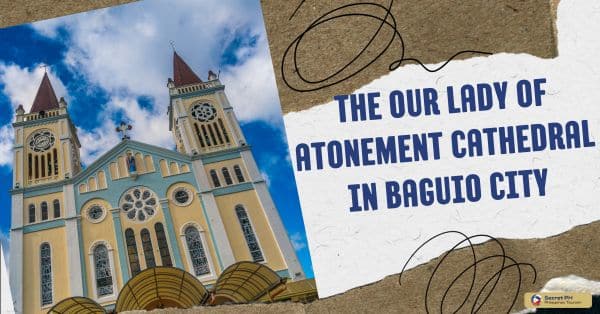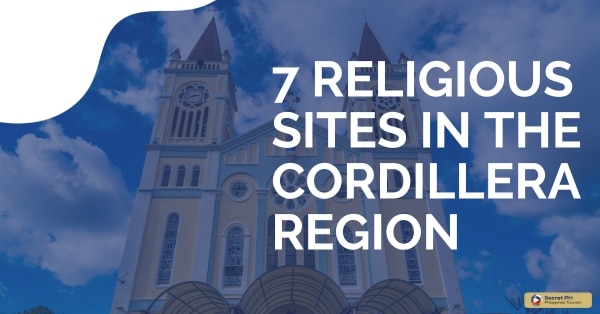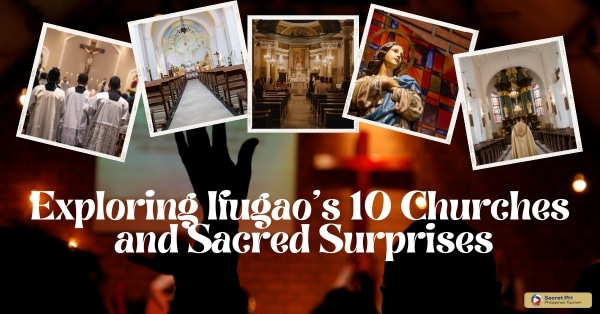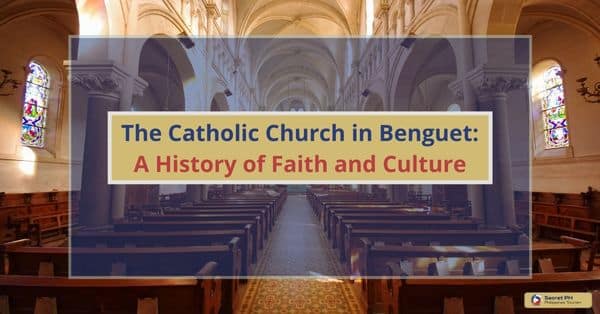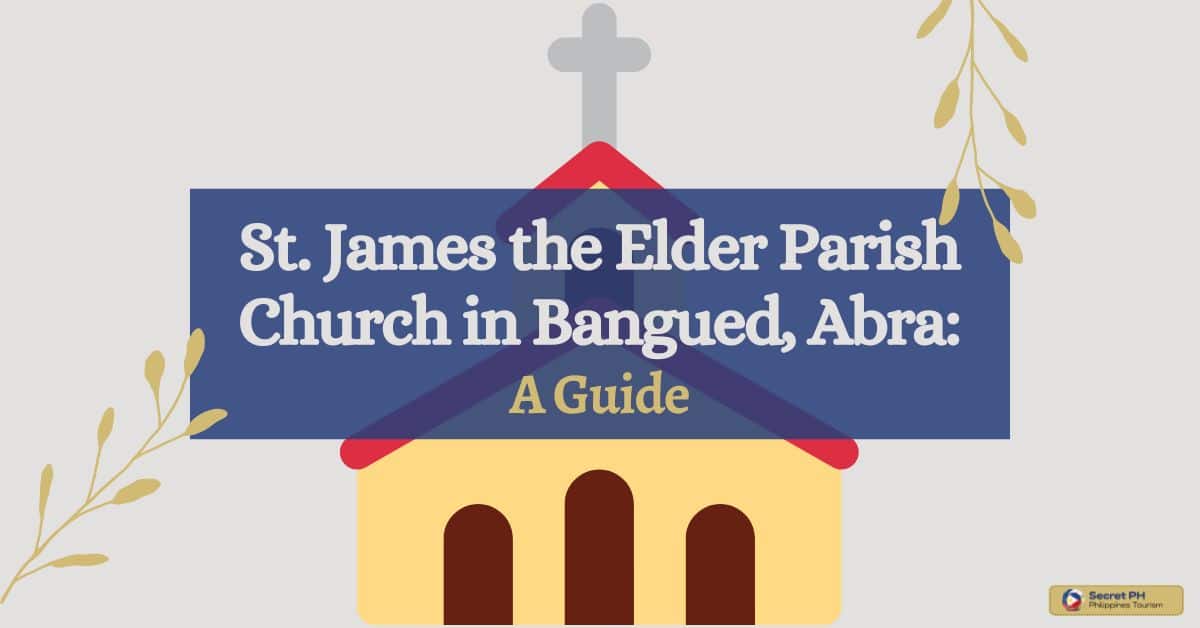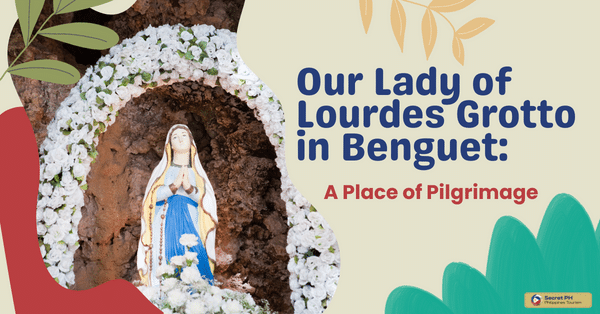Holy Week in the Philippines is a unique religious experience that holds great significance for the predominantly Catholic nation. It is a time of solemnity, reflection, and devotion, marked by various customs such as the reenactment of the Passion of Christ, processions, and the Visita Iglesia.
For many Filipinos, this time is about more than just commemorating Jesus Christ’s death and resurrection — it’s also an opportunity for spiritual renewal and reflection. Join us as we take a look at why Holy Week in the Philippines is such a significant cultural event and how you can experience it firsthand.

What is Holy Week
Holy Week in the Philippines is a time to honor Christian beliefs and commemorate the Passion of Jesus Christ. It begins on Palm Sunday, which officially marks the start of the holy week. On Good Friday, people around the country commemorate Jesus’ crucifixion by attending religious services and gatherings. Many perform a ritual known as “Visita Iglesia,” or church visits, wherein they visit seven churches in one day.
During Holy Saturday, families attend vigil masses celebrated all throughout the night in preparation for Easter Sunday. Christened as “the Day of Resurrection,” mostly spent in joyful prayer and celebration. Over these days, colorful displays and decorations such as paper flowers are seen everywhere. Many also reflect and repent through fasting after giving alms to those who need it most. As such, Holy Week in the Philippines is not only an important part of tradition but also a meaningful and spiritual experience for every individual.

History of Holy Week in the Philippines
Christianity arrived in the Philippines during the 16th century. When Spanish explorers first arrived in what is now modern-day Luzon. It came to the Islands by way of the Manila Galleons and Friars who were sent to convert the local population. One of the earliest known converts was Chief Rajah Soliman in 1596.
Christianity spread quickly from there. Not just through missionization by Catholic priests, but also through various trading networks. Despite periodic periods of religious suppression and destruction inflicted by occupying powers, Christianity has remained actively practiced in the country ever since.
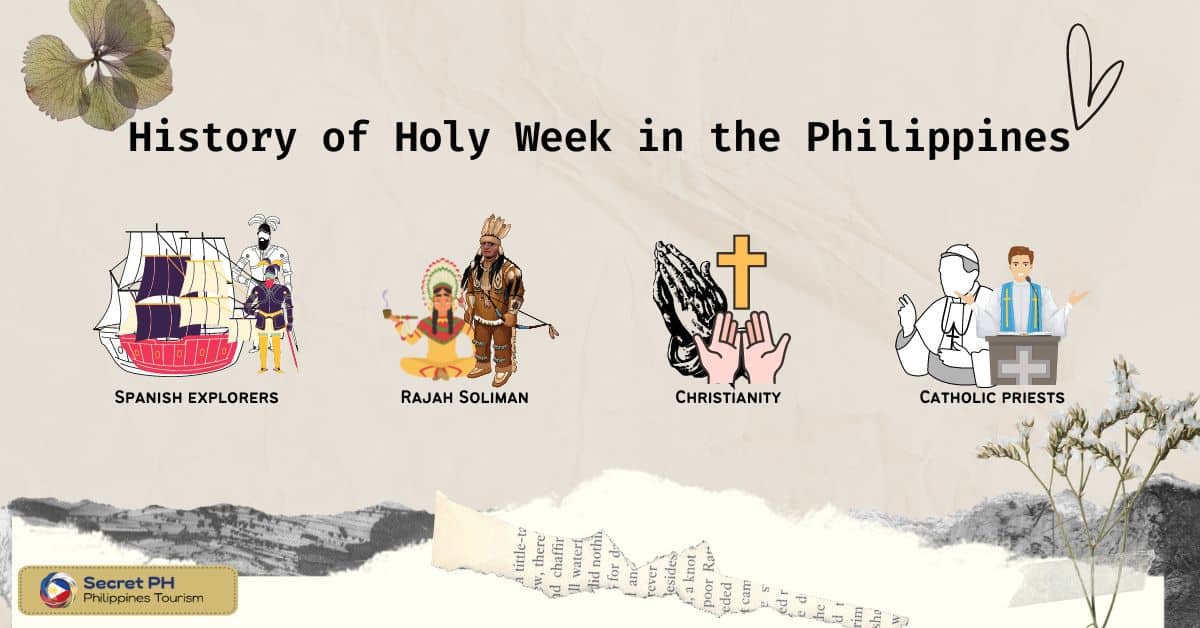
How Holy Week was celebrated in the past
Holy Week has been an important part of Philippines culture for centuries. During this week, people would celebrate by participating in a variety of solemn and distant activities. This includes praying throughout the day, focusing mainly on Christ’s suffering and death. During Holy Week many churches across the Philippines still continue to display lively processions led by priests and ministers.
Other activities that were commonly seen in past years. Attending devotional services at churches, like night vigils or “vigilias,” as well as participations in special plays called “la komedya” that reenact the Passion story. Although these practices have continued to transition from past generations to present ones perhaps looking a bit different than originally intended. It still allows for Filipino families to remember what Holy Week truly symbolizes: humility and grace.
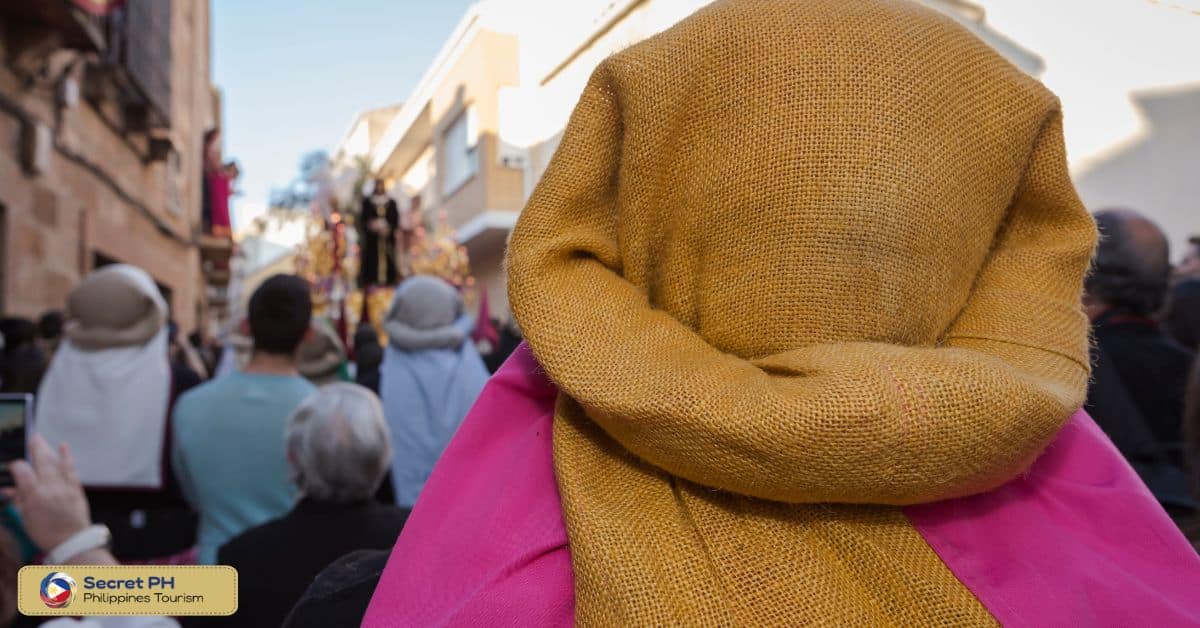
Unique Holy Week traditions in the Philippines
The Philippines has some of the most unique and fascinating Holy Week traditions in the world. Filipinos observe the solemn rites of Holy Week by going on processions, self-flagellation, and enacting theatrical performances of Jesus’ crucifixion. Along with this, families attend vigil masses late into the night and even abstain from eating meat. These remarkable practices are a powerful display of reverence for Jesus among Filipino people.
Palm Sunday
Palm Sunday is one of the most unique Holy Week traditions celebrated in the Philippines. This Christian tradition involves parading a figure of Jesus Christ, carrying a huge wooden cross or a bible and accompanied by followers wearing Sanbenitos or traditional yellow frocks symbolizing the clothes of sinners.
Participants may also bring branches from different fruit trees and palms to be waved at the procession with joy and excitement, thus, giving it its name “Palm Sunday”. This colorful festivity demonstrates not only joy but also strong faith and devotion and people often line up along the streets just to be part of this event regardless of their religious beliefs.

Visita Iglesia
Visita Iglesia is an annual tradition for many Roman Catholics in the Philippines that happens during Holy Week. It involves visiting seven churches or religious shrines and praying in each one, generally on the evening of Maundy Thursday. According to Philippine Catholic traditions, individuals making a pilgrimage to churches they find personally meaningful will receive greater spiritual blessing, which is why so many people choose to make the journey every year.
During their visit, worshippers usually pray seven psalms and wash with water from seven fountains outside of the church buildings in order to show their devotion and humility. Visitors may also take this time to partake of a solemn procession called “Siete Palabras,” or recitation of the Seven Last Words of Jesus Christ based on four Bible accounts. Throughout this rich experience, Filipinos are reminded of the importance of spiritual solidarity as believers come together from all over the country to remember and reflect upon Jesus’ sacrifice for their sins.
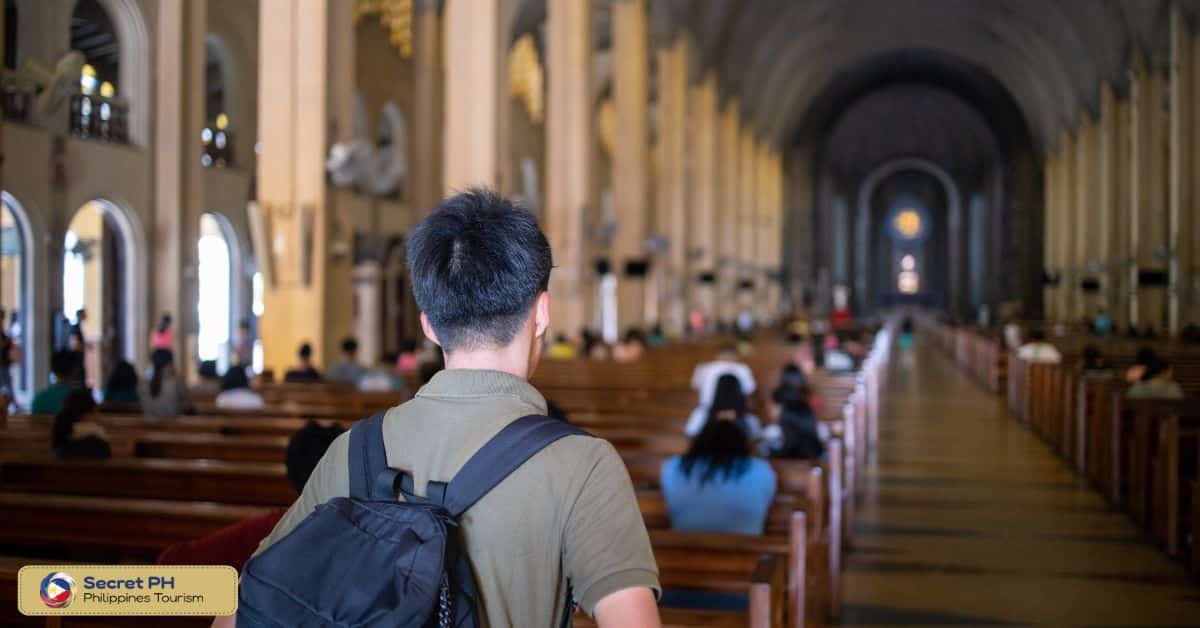
Pabasa ng Pasyon
Pabasa ng Pasyon is a unique tradition that the Filipino people practice during Holy Week. It has been a part of the culture since the 16th century and is still observed today. During this event, people chant the life story of Jesus from a book commonly referred to as “Korido” or “Sugo” for days as part of their devotion to Christ.
Typically, hindi or subli liturgical dances are also performed in accompaniment with the chanting. Participants wear different costumes and gain strength by listening to each other’s melodious voices, giving value to this long-standing religious activity. Pabasa ng Pasyon allows Filipino Catholics to come together and show unity amidst diversity through song.

Senakulo
The Senakulo is a traditional Filipino play performed during Holy Week, and it is a key tradition in many local communities. It retells the story of Jesus Christ’s passion and death, presenting it with vibrant costumes, music, and song. Local actors bring to life meaningful characters such as the Roman Centurion who declared Jesus innocent and Judas who betrayed Him.
Audiences often join in weeping for Jesus during his trial and subsequent crucifixion. This activity is deeply rooted in Filipino culture, but other countries may observe similar commemorations around the same time of year. The unique elements that shape this traditions allow it to engage Filipinos from all backgrounds in showing their reverence for one of Christianity’s core stories.
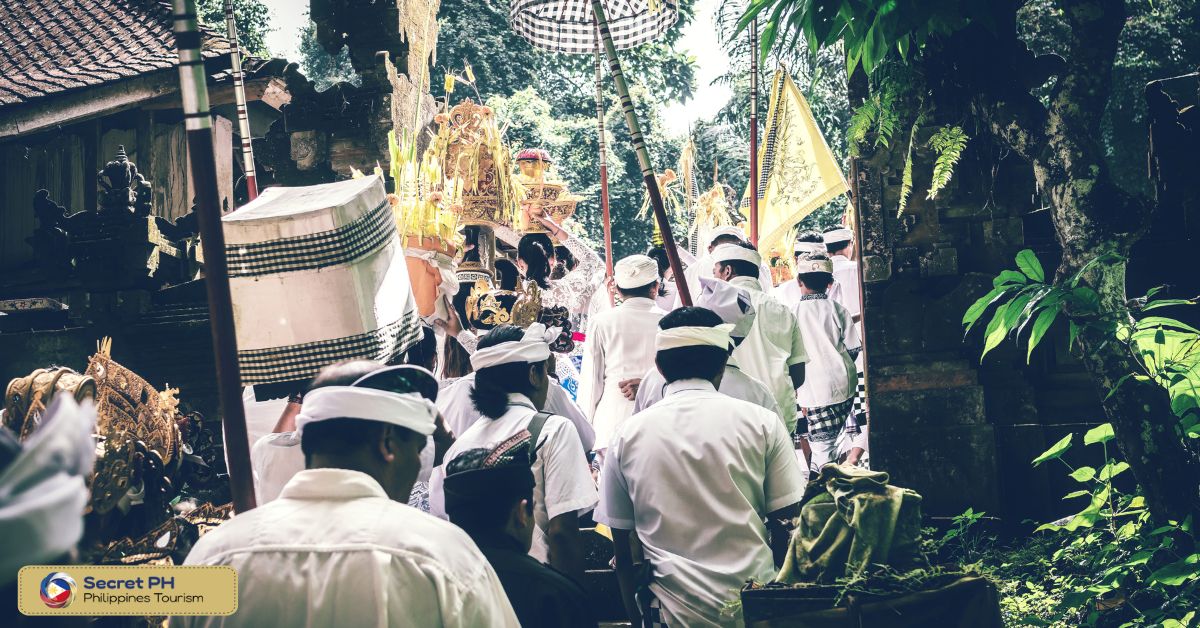
Processions
During Holy Week in the Philippines, thousands of penitents take part in religious processions that parade through town centers and villages. These processions feature a variety of unique Holy Week traditions, aiming to prove their devotion to the faith. Participants will often puncture their skin with sharp objects or perform crucifixion-style suffering as a sign of Lenten sacrifice.
Others will even attempt a tramputos (self-flagellation) that is meant to bring both purification and humility. For many Filipino families, these processions are a time-honored tradition that brings an air of spiritual sanctity to the entire week. By taking part in these unique practices, participants bind themselves together with one another and share a collective drive for repentance and piety during this important religious holiday.
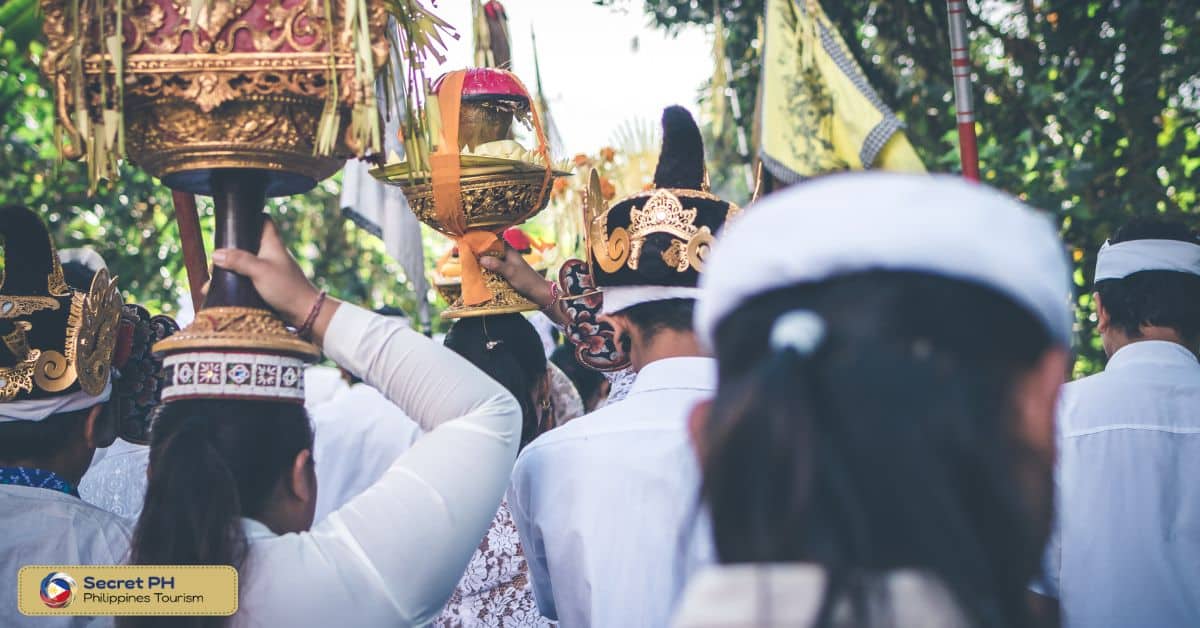
Good Friday rites
Good Friday plays a prominent role in the practices of Holy Week in the Philippines. It is marked by a variety of unique rites, many of which have been passed down through generations. From early morning until afternoon on Good Friday, churches around the country typically hold solemn processions with different figures from the Passion of Jesus.
These processionals typically involve people dressed up in brightly-colored robes representing Biblical characters. Along with people carrying wooden crosses that they kiss or make prayers before once at its conclusion. There is also an abundance of elaborate banners depicting significant scenes surrounding Good Friday. Carried around some cities and towns while they are accompanied by musicians playing solemn tunes.
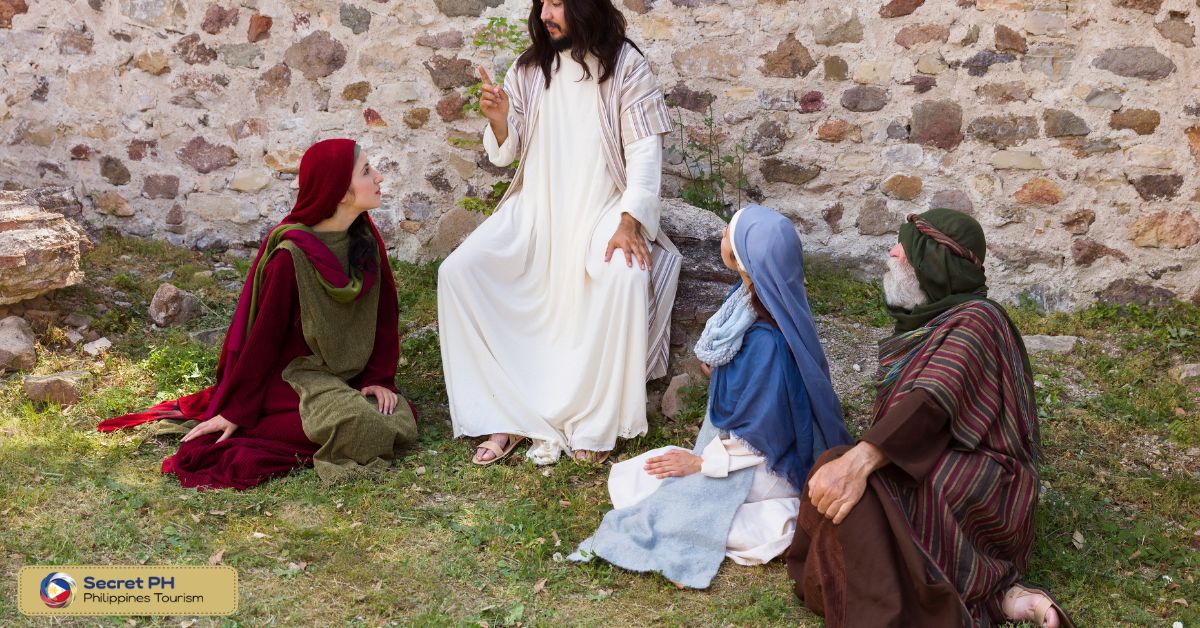
Salubong
The Salubong is a cherished and unique Holy Week tradition in the Philippines that follows closely after Easter Sunday. It is a two-part event where people celebrate the reunion of Jesus and Mary as they share in a joyful greeting moment. The first part begins on Easter Sunday when Joseph or Nicodemus brings a statue of Jesus around 10 am. Mary, cloaked in black and white mourning colors, had been waiting with her friends since dawn outside her house.
As a crowd gathers around, Jesus steps into Mary’s arms, while the crowd around them weeps at their reunion. For the second part of Salubong, the atmosphere shifts to serenity as flowers are scattered symbolizing new life. People sing religious hymns, bask in faith-filled moments and give thanks for their innate humanity bestowed by God’s unconditional love. This highly exclusive celebration is not just centered on Christianity alone but instead also an occasion to reflect on our own values.

Easter Sunday
Easter Sunday is an important holiday in the Christian faith, and unique Holy Week traditions are found in many cultures around the world. In the Philippines, Easter Sunday marks the climax of a weeklong celebration known as ‘Semana Santa’. Family gatherings, prayer services, processions and pilgrimages are some of the ways Filipinos come together to celebrate Jesus Christ’s resurrection. Special foods such as Buko Pie, Bibingka and Tsokolateng Bato are part of this traditional celebration.
During Lenten season, carillo or a colorful Lantern Festival is organized in most towns on Holy Thursday. This is to honor Jesus’ return from his 40-day fast. Good Friday processions portray biblical scenes associated with Jesus Christ’s suffering and death that symbolizes the significance of Easter weekend.
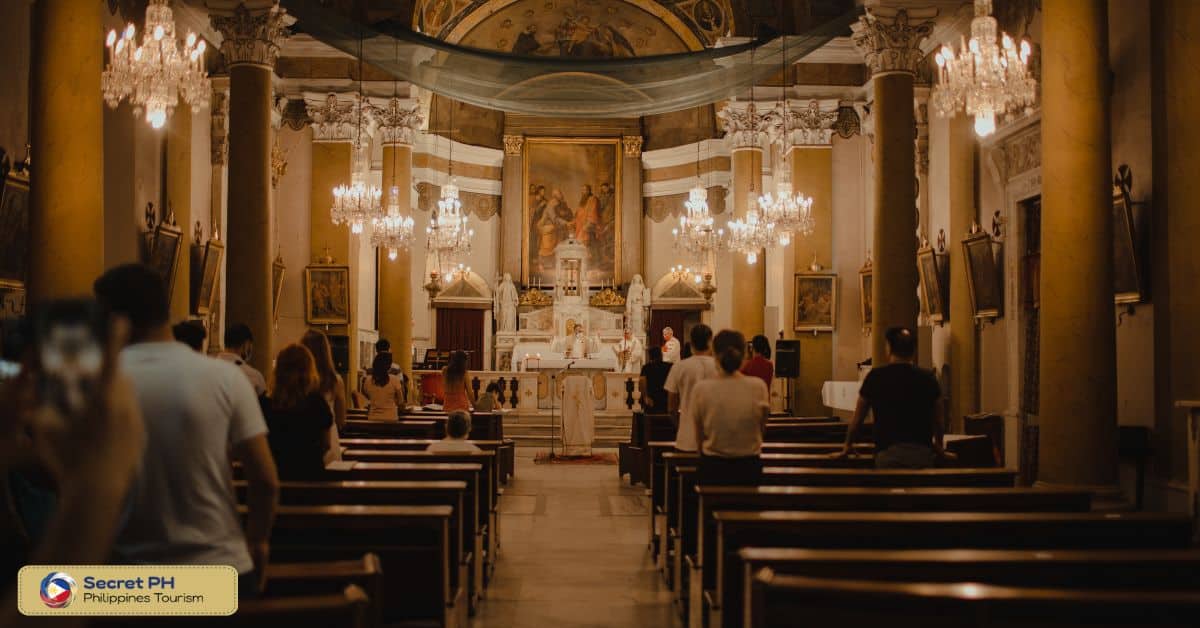
Significance of Holy Week in the Philippines
Holy Week is an important time of religious observance for many people in the Philippines. Christians commemorate Jesus Christ’s death and resurrection through acts of prayer, fasting, reflection and repentance. For faithful Filipinos, it can be a time of deep spiritual enrichment. Many Catholics also flock to churches during Holy Week to attend services such as Masses and passion plays.
Religious significance
The week leading up to Easter Sunday is filled with activities and practice, often alongside deeply held beliefs. In the days leading up to Easter, some churches offer services each day such as Palm Sunday, Holy Thursday, Good Friday, and Black Saturday. On each of these days, believers observe traditions and ceremonies that commemorate key events associated with Jesus’s death and resurrection.
Many Filipinos take part in these activities. Attending Church service in order to gain an even deeper understanding of their faith. This tradition has been passed down from generation to generation which makes it a big part of the culture. During Easter season there are other celebrations such as processions, traditional fiesta meals that include food such as ensaymada and bibingka.
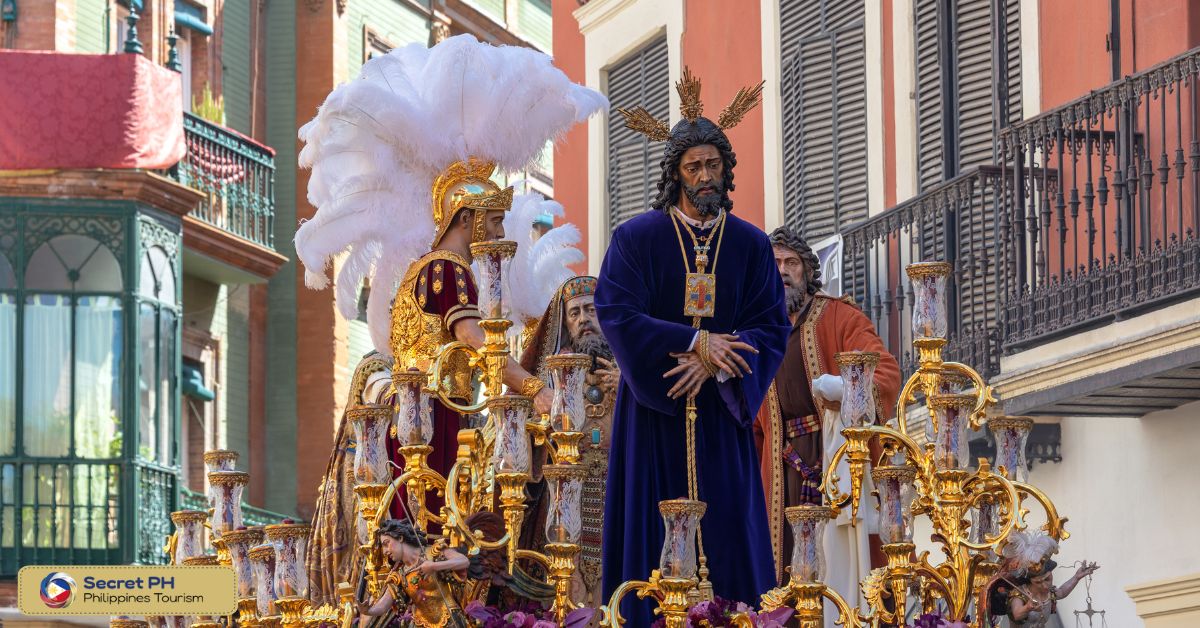
Cultural significance
Filipino families engaging in special religious practices such as praying the rosary and attending church services are just a few of the common traditions observed during this period. Other popular highlights include processions featuring sculptures of Christ’s passion, elaborate caroling presentations, mourning and penitential music, and reenactments of Jesus’ Crucifixion that can draw up to millions of spectators.
Observing Holy Week also allows Filipino people of all ages an opportunity to reconnect with their families and traditions. Through this meaningful custom, cultural values remain alive even today, glorifying faith and keeping centuries-old traditions alive.
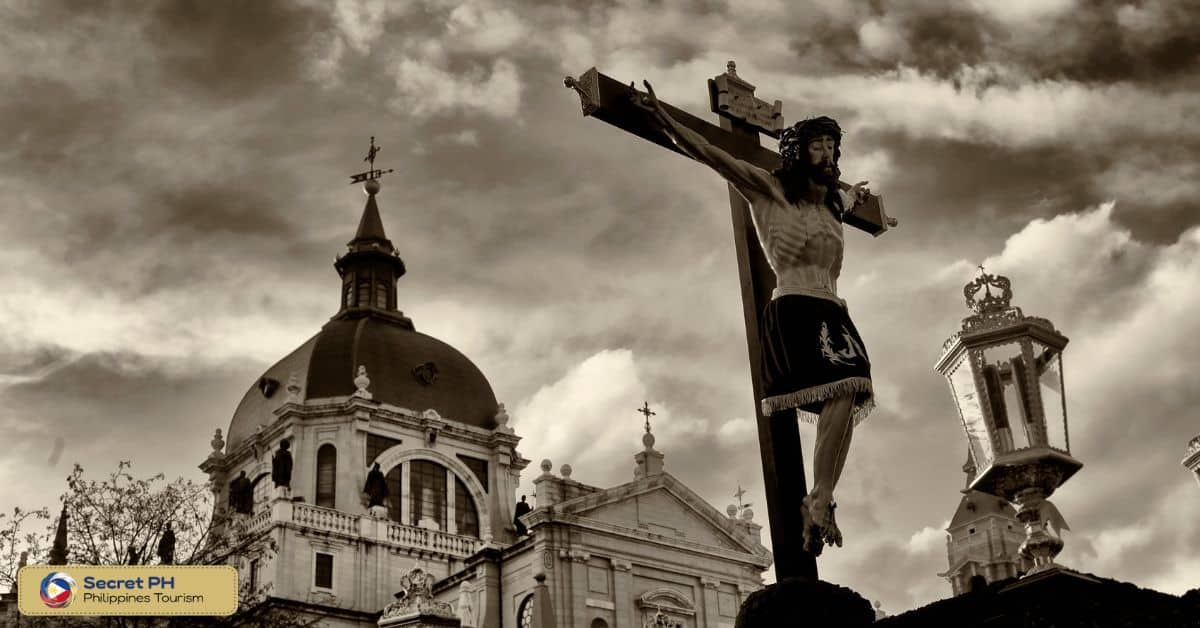
National significance
This time of year is celebrated by millions across the nation. With activities such as fasting, prayer, going to confession, and attending religious services on Maundy Thursday and Good Friday. Not only does this week provide Filipinos an opportunity to draw closer to their faith. It also fosters an increased sense of national unity.
During this week of communal reflection and commemoration. People set aside diversity in favor of a shared devotion to Christ’s sacrifice. They cast aside other matters in pursuit of spiritual renewal. Holy Week offers citizens a chance to joyfully share in sacrifice at a national level.
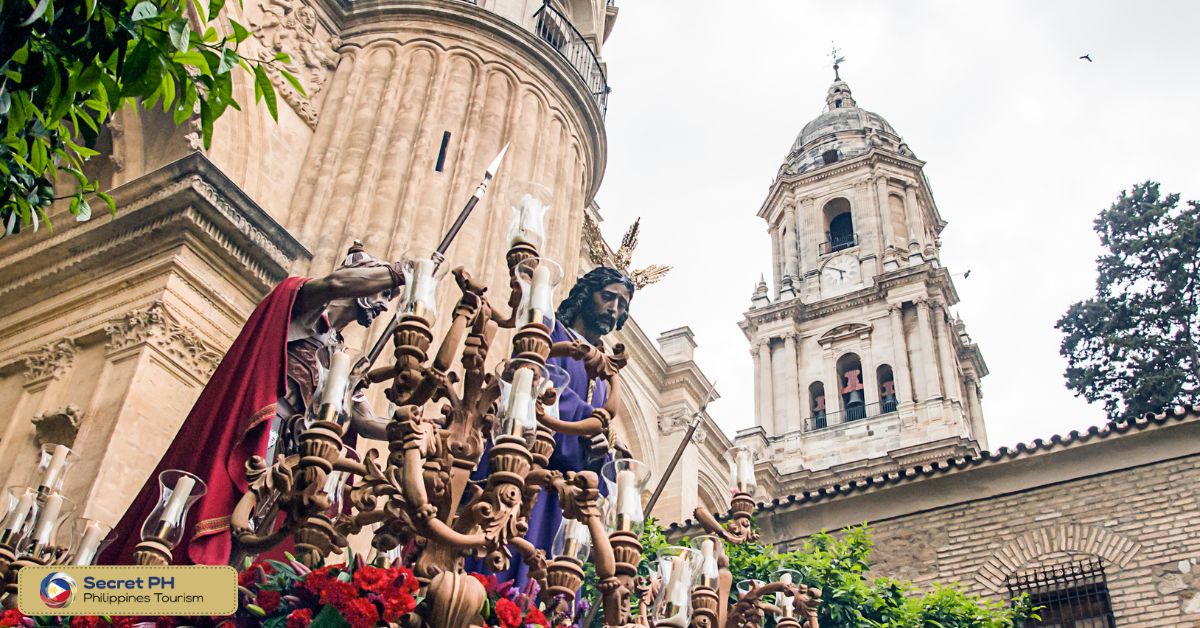
In Conclusion
Holy Week in the Philippines is an experience like no other. From processions and rituals to passionate masses. This unique religious event brings people together to commemorate the sufferings of Jesus Christ. Although these activities may differ from one region to another. The common thread is that everyone participates with faith and reverence.
Furthermore, Holy Week also expresses the strong unity amongst Filipinos who share a love for traditions and cultural values. The significance of Holy Week in the Philippines is a celebration of faith and a connection to its cultural roots. This should be cherished and respected by anyone taking part in this unique religious experience.

